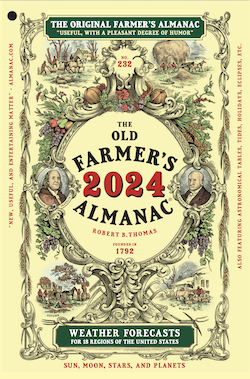On Friday, June 5, the Moon will pass through the edge of Earth’s shadow, resulting in a “penumbral eclipse.” It’s one of four penumbral eclipses in 2020! Yep, a weird penumbral quartet. What is a penumbral eclipse, anyway, and how does it occur? Bob Berman explains.
*Note: The June 5 eclipse is visible only from the western Pacific Ocean and parts of Australasia, Asia, Antarctica, Europe, Africa, and South America, not North America. So read on only if interested in this strange world of eclipses.
Though English is a rich language, its half million words are sometimes inadequate. On Earth, “snowfall” can mean a few flakes or a city-burying calamity. In the heavens, the word “eclipse” suffers a similar ambiguity.
A total solar eclipse
A total solar eclipse can make people weep, that’s how awesome it is. And the “total” part of the phrase is the key. Only during a solar totality do pink flames leap from the Sun’s edge, and animals go crazy, and stars come out in the daytime, and wispy filaments materialize around the sun, revealing its magnetic field. But when that same word eclipse is applied to a “partial eclipse,” everything changes. You can’t even safely look at it without eye protection. But even when you use a filter, none of those dreamlike, otherworldly phenomena materialize. If you want to be swept away, it’s totality or nothing.
A total lunar eclipse
Now consider the lunar eclipse. Here, totality isn’t particularly important. Nothing special happens during a lunar totality. Not a single strange phenomenon materializes. Indeed, many consider the visually optimum view to happen when the Moon is roughly 95% eclipsed, because then a single brilliant white spot of sunlight illuminates the moon’s edge while the rest of the moon is an eerie red. That may be more dramatic then when the Moon is completely red at totality.
A penumbral lunar eclipse
But sometimes the Moon doesn’t even go into Earth’s main dark shadow. The eclipse is then neither total nor even partial. Instead it has ventured into our planet’s outer, skimpy, penumbral shadow. When such a “penumbral eclipse” occurs, the full moon usually appears unchanged. You want your money back.
A partial penumbral lunar eclipse
Could an eclipse even get worse than that? Definitely. Sometimes the moon doesn’t even manage to fully penetrate our barely-there penumbral shadow. It grazes it, so that a piece of the Moon is in the ever-so-slightly-darker penumbral shadow while most of the Moon stands in full sunlight. At such times, not even the greatest astronomers who ever lived could tell an eclipse was happening. It’s visually a non-event. But surely such a strange, skimpy type of eclipse must be rare. Will we ever even get such an event in our lifetimes?
The June 5 partial penumbral lunar eclipse
Time for our amazing revelation. This year, 2020, there was just such a “partial penumbral lunar eclipse” on January 10. And this week we will have another on Friday, June 5! They had in common that the Moon never even fully got into the anemic penumbral shadow. But wait! Yet another partial penumbral lunar eclipse will happen a month from now, on July 5. And, hold on, there be still another one on November 30.
That’s right. Four partial penumbral lunar eclipses in 2020. Four! It’s simply unbelievable.
If you live in an area covered by a penumbral lunar eclipse, it’s your opportunity to see why we barely even mention them. Go out next Friday night around midnight or so, and see if the Full Moon looks any different. I’ll wager my Shih-Tzu against yours that you cannot tell an eclipse is in progress.
But some almanacs and even major newspapers don’t know about eclipses, or are aware of the radically different types. They will run headlines: Don’t miss tonight’s lunar eclipse! It’s the kind of thing that’s been confusing people since the Moon was first discovered back in the year 2312 BC.
And now you know the strange, secret, eclipse story.
See the complete June Moon Guide to get more details about the June 5 Full Strawberry Moon!










